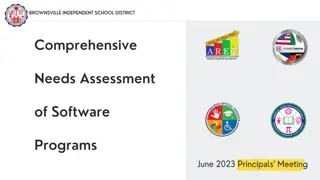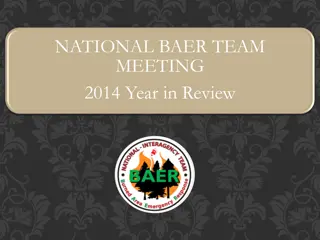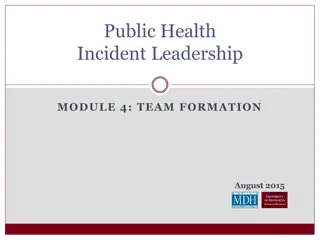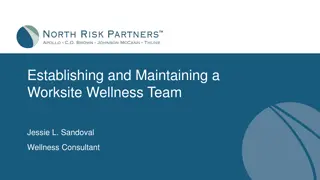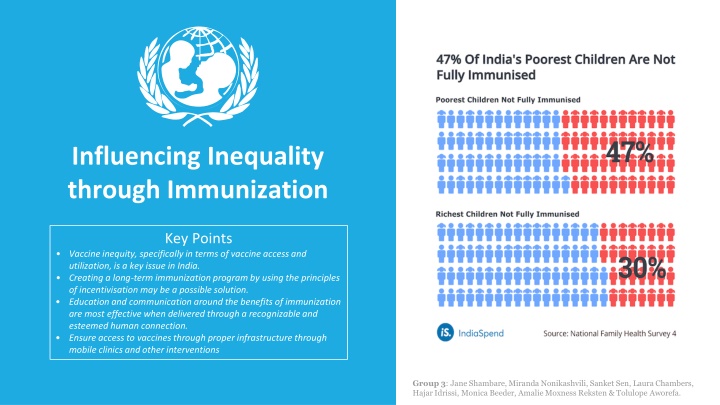
Influencing Inequality Through Immunization Strategies in India
Addressing vaccine inequity in India through long-term immunization programs, incentivization, and social ambassadors. Recommended strategies include a step-wise incentivization program and leveraging social connections for promotion. Utilizing a multidimensional approach, the focus is on infrastructure, social ambassadors, and micro solutions to improve vaccine access and utilization.
Download Presentation

Please find below an Image/Link to download the presentation.
The content on the website is provided AS IS for your information and personal use only. It may not be sold, licensed, or shared on other websites without obtaining consent from the author. If you encounter any issues during the download, it is possible that the publisher has removed the file from their server.
You are allowed to download the files provided on this website for personal or commercial use, subject to the condition that they are used lawfully. All files are the property of their respective owners.
The content on the website is provided AS IS for your information and personal use only. It may not be sold, licensed, or shared on other websites without obtaining consent from the author.
E N D
Presentation Transcript
Influencing Inequality through Immunization Key Points Vaccine inequity, specifically in terms of vaccine access and utilization, is a key issue in India. Creating a long-term immunization program by using the principles of incentivisation may be a possible solution. Education and communication around the benefits of immunization are most effective when delivered through a recognizable and esteemed human connection. Ensure access to vaccines through proper infrastructure through mobile clinics and other interventions Group 3: Jane Shambare, Miranda Nonikashvili, Sanket Sen, Laura Chambers, Hajar Idrissi, Monica Beeder, Amalie Moxness Reksten & Tolulope Aworefa.
The global community agreed to reach all children with immunization services in the form of the 2030 Agenda for Sustainable Development. However, vaccine inequity is a key issue across the region, especially for children. Problem statement Important statistics Resources and wealth Contributing factors Communication The impact of COVID-19 Distribution of full immunization coverage gap by the districts of India
RECOMMENDED STRATEGIES Multidimensional mmm-Matrix Macro INFRASTRUCTURE Three recommended strategies classified according to the mmm- Matrix Meso SOCIAL AMBASSADORS Micro STEP-WISE INCENTIVIZATION PROGRAM
RECOMMENDED STRATEGIES Micro Solution Incentivization Program Step-wise incentive program designed to reward both short- and long-term behaviour. Since most immunization programs require more than one dose, there can be a small incentive (e.g. groceries) on getting the first dose, and a promise of a larger incentive (e.g. groceries and kitchen utensils) if they come for the second dose. The incentives do not need to be universal, and should be localized according to the local traditions and norms. However, each incentive should fulfil the three criteria of good incentive (certain, upfront and valued) Long-term program. Better incentives as you move along the immunization program.
3 Tiers of Ambassadors Meso Solution: The Power of Social Connection 1. Neighbours Helping Neighbours A Pyramid of Ambassadors 2. Community Leaders Trained personnel from UNICEF will reach out to different communities to recruit ambassadors who would be educated on childhood immunization. These ambassadors will then be tasked with the promotion of the Immunization Incentivization Program within their unique spheres of connection. 3. Bollywood Celebrities
RECOMMENDED STRATEGIES Macro solutions Macro Solution Infrastructure Use the national media and social ambassadors to advertise for the campaign as well as raise awareness of the importance of vaccines; Availability of vaccines at a minimal cost; Arrange mobile clinics with cold storage facilities to reach people in remote areas; Establish a good data system; Organize national vaccination campaigns that moves across cities; Provide training programs on vaccination for healthcare personnel.












